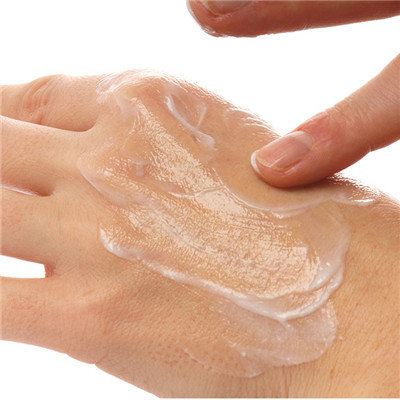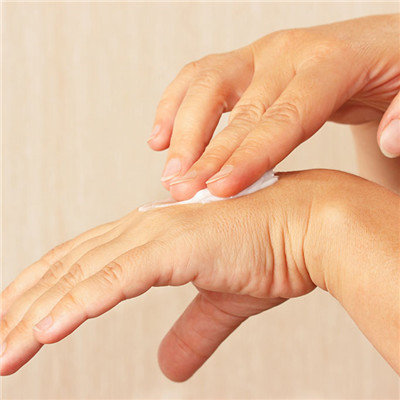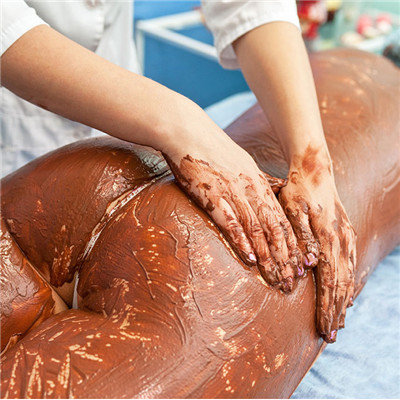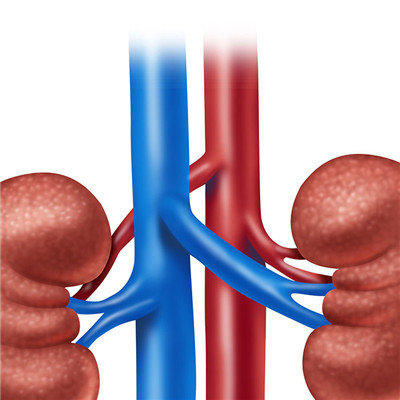Sebaceous gland ectopic symptom?
summary
Sebaceous ectopia is a kind of sebaceous gland disease, which was first described by force in 1896, so it is also called force disease. The disease is caused by physiological changes of sebaceous gland development and sebaceous gland hyperplasia. After clinical observation, the disease not only occurs in oral mucosa, but also in male foreskin and glans, female labia and other parts. Ye Zhaolong et al found 43 cases of 772 women surveyed, the incidence rate was 5.57%. The authors found 49 cases of 184 women in STD clinic, with a 26.63% incidence rate. Incidence rate was 36.36% in 76 out of 209 men. Sebaceous gland ectopic symptom? Let's talk about it
Sebaceous gland ectopic symptom?
Sebaceous gland heterotopia mostly occurs after puberty, and it is more common in middle-aged people, with more males than females. The disease mainly occurs in penis, prepuce, frenulum and glans in males, and in labia and perineum in females,

It can also occur on both sides of the labia major and other parts with strong sebaceous gland secretion. The lesion site was characterized by miliary size flat papular lesions with no obvious protuberance of the skin, clustered distribution, mostly light yellow or a few light white,

Some of them can be fused into dense irregular patches with smooth surface, which can be seen more clearly when the skin is tight, and feel like fine sand when touching. Most of the lesions were asymptomatic. Histopathologically, small and mature lobules of sebaceous gland surrounded the sebaceous duct. Independent sebaceous glands.

matters needing attention
Sebaceous ectopia does not cause any discomfort, so it does not need treatment. Because any treatment is harmful, it may cause secondary bacterial infection or scar. If the patient insists on removing the lesion, CO2 laser can be used. At present, the more effective method is isotope 90 strontium application. After clinical verification, the cure rate can reach 80%.













